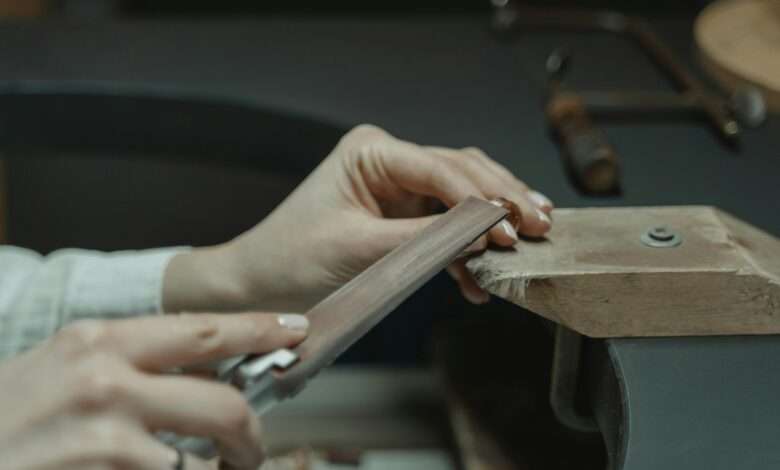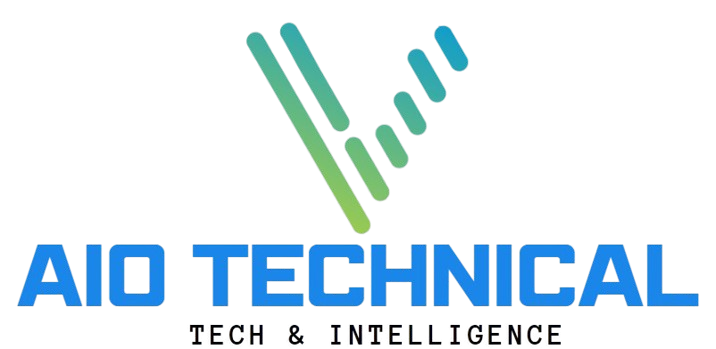Mini Pre Models : Revolutionizing Prototype Development

In today’s competitive landscape, the ability to visualize and iterate on product designs quickly is paramount. This is where mini pre models come into play. These small-scale prototypes not only facilitate early-stage design validation but also enhance communication among stakeholders. In this article, we will explore the importance, applications, and future trends of it, emphasizing their role in modern manufacturing and design.
What Are Mini Pre Models?
Table of Contents
ToggleMini pre models are detailed, small-scale prototypes that represent the final product before mass production. Unlike traditional prototypes, which are often full-sized and more costly to produce, it allow designers and engineers to quickly visualize their concepts, assess functionality, and make necessary adjustments without the significant time and financial investment typically associated with larger models.
Benefits
- Cost-Effectiveness: By identifying potential issues early in the design process, it can save significant resources, minimizing costly revisions later on.
- Enhanced Visualization: These models provide a tangible representation of ideas, allowing teams to see and feel the design, which is invaluable for presentations and stakeholder buy-in.
- Improved Communication: Having a physical model helps bridge communication gaps, ensuring that everyone involved has a clear understanding of the design.
- Speed of Production: With advancements in technologies like 3D printing, creating it is faster and more efficient than ever, allowing for rapid prototyping and iteration.
The Evolution
Historically, the creation of pre models was a labor-intensive process, often requiring skilled artisans to handcraft each piece. However, the introduction of computer-aided design (CAD) software and 3D printing has transformed this landscape. Now, designers can quickly produce intricate and accurate models in a fraction of the time, significantly reducing lead times and production costs.
From Handcrafted to Digital
The shift from handcrafted models to digital fabrication marks a significant evolution in the industry. CAD software allows for precise design and modifications, while 3D printing enables rapid production. This evolution not only enhances precision but also expands the possibilities for customization, catering to specific client needs and project requirements.
Applications of Pre Models Across Industries
Mini models are versatile tools used across various industries, including:
1. Engineering and Manufacturing
In engineering, mini pre models are essential for testing how different components fit together and for identifying potential design flaws. They help streamline production processes, reduce errors, and ultimately save time and costs.
2. Architecture and Construction
Architects frequently utilize mini pre models to provide clients with a physical representation of their designs. This allows for better visualization, making it easier to communicate design intentions and gather feedback, leading to quicker approvals.
3. Product Design and Prototyping
In product design, especially for electronics and consumer goods, mini pre models help designers visualize how a product will look and feel. This is crucial for market testing and attracting investor interest.
4. Education
Beyond professional applications, it serve as valuable educational tools in STEM fields. They provide hands-on learning experiences, enabling students to engage with concepts in a tangible way.
Creating Effective
Creating mini pre models involves several key steps:
Designing with CAD Software
The initial step is designing the model using CAD software. Programs like AutoCAD, Blender, and SolidWorks offer robust tools for creating precise digital models.
Selecting the Right Materials
Choosing the appropriate materials is crucial. Common materials include plastic, resin, and metal, depending on the model’s intended use. Innovative options like biodegradable plastics are also gaining traction, aligning with sustainability trends.
Production Methods
Once the design is finalized, the model can be produced through various methods, including 3D printing, CNC machining, or handcrafting. Each method has its own advantages, with 3D printing being the most flexible and efficient for it.
Mini Pre Models vs. Traditional Prototypes
When comparing mini pre models to traditional prototypes, the differences are striking. Traditional prototypes are typically full-scale and require more time and resources to produce. In contrast, it are smaller, faster to create, and more cost-effective. They excel at showcasing aesthetic features, making them ideal for design validation.
Advantages
- Detail Representation: Mini pre models are excellent at demonstrating intricate details and aesthetics that might be overlooked in larger prototypes.
- Flexibility: The ability to quickly iterate and adjust designs makes it a preferred choice in early-stage development.
The Role of 3D Printing
3D printing technology has significantly impacted the creation of mini pre models. This method allows for the production of complex designs that would be difficult or impossible to achieve through traditional manufacturing techniques. The accessibility of 3D printing has democratized prototype creation, enabling smaller companies and startups to compete effectively in the market.
Customization and Personalization
One of the standout features of 3D printing is its capability for customization. Companies can create bespoke it tailored to specific project requirements, enhancing their value as design tools.
Challenges in Mini Pre-Modeling
While mini pre models offer numerous benefits, they are not without challenges. High-quality materials and advanced printing technology can be costly, especially for smaller businesses. Additionally, some materials may have limitations regarding durability or finish quality, making it essential to choose the right materials for each application.
Future Trends
The future of it looks promising, with several exciting trends on the horizon:
AI and Machine Learning Integration
Artificial intelligence and machine learning are beginning to play roles in optimizing design processes. AI can suggest improvements based on historical data, enhancing functionality and reducing material waste.
Sustainability Focus
As the push for sustainability grows, the development of eco-friendly materials for mini pre models is gaining traction. Biodegradable resins and recyclable plastics are becoming more common, aligning with global efforts to minimize environmental impact.
Conclusion
Mini pre models are invaluable tools that enhance creativity, communication, and precision across multiple industries. As technology continues to evolve, especially with the increasing accessibility of 3D printing and digital design tools, these models will play an even more critical role in product development, architecture, and education.
This article was prepared by the V Aiotechnical.com editorial team, reflecting our commitment to providing insightful and professional content. The use of it not only streamlines the design process but also fosters innovation and collaboration among teams. Embracing these tools can significantly enhance the effectiveness of design and production, paving the way for future advancements in various fields.





